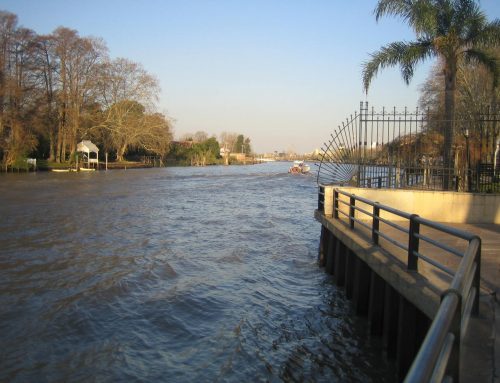The Pilcomayo watershed covers about 290,000 km² in-between Argentina, Bolivia and Paraguay, forming part of the Río de la Plata Basin. The Pilcomayo river is of primary socio-political importance, as its rapidly changing morphology due to high sedimentation rates with an average rate of 125 M tons every year, one of the highest amounts in the world, has caused many recurring political conflicts between Argentina and Paraguay.
The main objective of the consulting services provided is to develop the Master Plan for the Pilcomayo River Watershed (PMCRP-A), identifying and designing structural and non-structural measures to appropriately tackle existing criticalities. It will will develop an investment plan for short, medium and long term, involving all interested parties, Client and Stakeholders, to ensure the actualisation of a shared vision. Among the main issues affecting the river basin are: geologic risk, environmental degradation and water/sediment contamination, loss of biodiversity, unequitable distribution and use of the water resources, negative impact on quality of life and damage to people’s homes, industrial properties and economic activity due to extreme events (flooding), flawed public policies, lack of Stakeholders involvement, inadequate communication and provision of services.


















